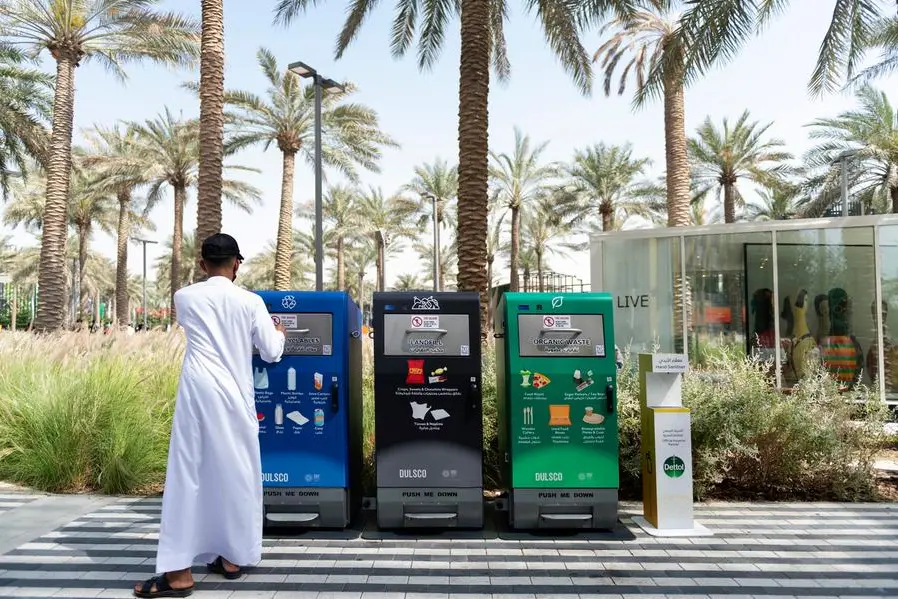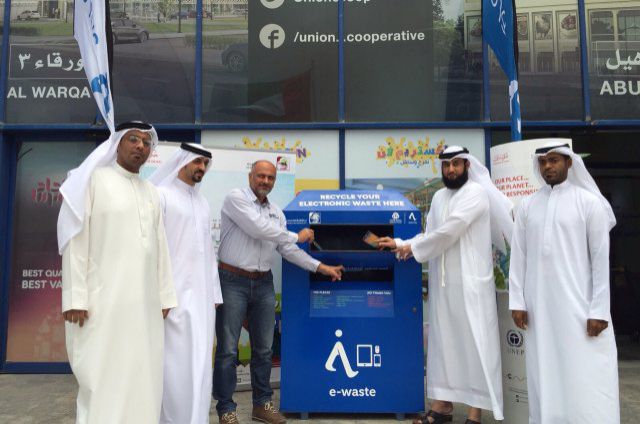
Introduction
The importance of waste to energy in achieving sustainability goals cannot be overstated. As the world grapples with the increasing challenges of waste management, finding effective and sustainable solutions becomes paramount. This article aims to explore the relevance of waste to energy in addressing these issues and provide an overview of its future prospects.
Historical Background
To understand the significance of waste to energy, it is crucial to delve into the evolution of waste management practices. Over the years, there has been a shift from traditional methods to more advanced approaches. This has paved the way for the emergence of waste to energy technologies, which offer a more sustainable and efficient means of waste disposal. Key milestones and advancements in the field have further propelled its development.
Key Concepts and Definitions
Waste to energy refers to the process of converting waste materials into usable energy sources. This approach aligns with the principles of a circular economy, where waste is seen as a valuable resource. Biomass plays a crucial role in waste to energy conversion, as it serves as the primary feedstock for energy generation. Additionally, energy recovery from waste is of utmost importance, as it enables the utilization of previously untapped energy potential from discarded materials.

Main Discussion Points
Technological advancements have revolutionized waste to energy processes. Gasification and pyrolysis processes, for instance, enable the conversion of waste into syngas and biochar. Anaerobic digestion systems offer an organic waste management solution, producing biogas and nutrient-rich digestate. Integration of renewable energy sources further enhances the sustainability of waste to energy systems.
The environmental benefits of waste to energy are undeniable. By diverting waste from landfills, these processes contribute to a significant reduction in greenhouse gas emissions. Moreover, they minimize landfill space requirements, addressing the pressing issue of limited land availability. Additionally, waste to energy holds the potential for resource recovery and recycling, further promoting a circular economy.
Economic viability and scalability are critical factors for the widespread adoption of waste to energy. Cost-effectiveness and revenue generation potential make it an attractive option for waste management. Integration with existing infrastructure ensures a seamless transition, leveraging the existing waste management systems. Government policies and incentives play a crucial role in fostering the growth of waste to energy initiatives.

Case Studies or Examples
Developed countries have embraced waste to energy as a sustainable waste management solution. The Waste-to-Energy Plant in Copenhagen, Denmark, stands as a shining example of successful implementation. The Olmutz Waste to Energy Facility in the Czech Republic has also showcased the effectiveness of waste to energy technologies. In the United States, the Wheelabrator Baltimore Plant has set a benchmark for efficient waste disposal and energy generation.
Innovative waste to energy projects in developing countries have the potential to address pressing waste management challenges. The Singapore Integrated Waste Management Facility has garnered attention for its advanced waste sorting and processing technologies. The Waste to Energy Plant in Shenzhen, China, is another noteworthy example, showcasing the integration of waste to energy with other renewable energy systems. The Kpone Landfill Gas-to-Energy Project in Ghana demonstrates the practicality and benefits of waste to energy in a developing nation.

Current Trends or Developments
Advances in waste sorting and processing technologies have significantly improved the efficiency and effectiveness of waste to energy systems. These advancements facilitate the extraction of valuable materials from waste streams, contributing to resource recovery. Furthermore, integrating waste to energy with other renewable energy systems creates a synergistic approach to sustainable energy production. The focus on decentralized and community-based waste to energy solutions ensures localized benefits and increased community involvement.
Challenges or Controversies
Public perception and misconceptions about waste to energy pose challenges to its widespread acceptance. Misinformation about potential health hazards and environmental impacts can hinder its adoption. Addressing these concerns through public awareness and education is crucial. Environmental concerns, such as emissions and ash disposal, need to be effectively managed to mitigate potential impacts. Regulatory and policy challenges also play a role in promoting waste to energy, requiring government support and streamlined regulations.
Future Outlook
The potential for increased adoption of waste to energy globally is immense. As countries strive for sustainability and energy independence, waste to energy offers a viable solution. Integration of waste to energy into smart cities and sustainable urban planning ensures a holistic approach to waste management. Continued exploration of new technologies and approaches will further enhance the efficiency and effectiveness of waste to energy systems.
Conclusion
In conclusion, waste to energy plays a vital role in achieving sustainability goals. Its ability to convert waste into usable energy sources, along with its environmental and economic benefits, make it a promising solution for waste management. Emphasizing the importance of waste to energy in a sustainable future is crucial for its continued growth and adoption.




